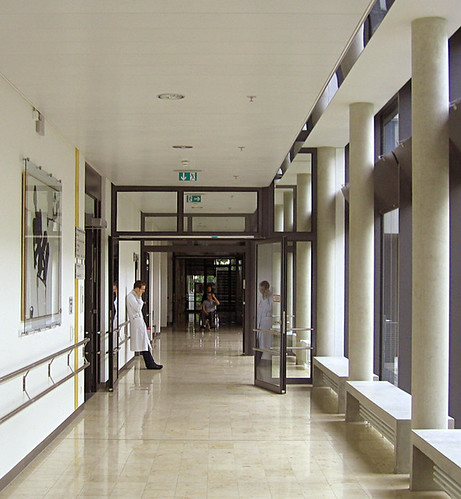 A 2008 McKinsey report claimed the medical tourism industry could be worth as much as $100 billion by 2012. In some Asian hospitals, as many as 40-60% of patients are foreigners. This despite numerous ethical and practical concerns (not the least of which is determining whether any given doctor is qualified to do his job). On top of that, medical tourists usually don’t have many legal options when something goes wrong. As MedicalTravelGuide puts it, “if you are turning to non-accredited venues to receive treatment, you’ll need to be aware of your rights – or lack thereof.”
A 2008 McKinsey report claimed the medical tourism industry could be worth as much as $100 billion by 2012. In some Asian hospitals, as many as 40-60% of patients are foreigners. This despite numerous ethical and practical concerns (not the least of which is determining whether any given doctor is qualified to do his job). On top of that, medical tourists usually don’t have many legal options when something goes wrong. As MedicalTravelGuide puts it, “if you are turning to non-accredited venues to receive treatment, you’ll need to be aware of your rights – or lack thereof.”
So what’s driving the growth? And more importantly, what does it mean for international healthcare?
A 2010 report by Deloitte cites two main trends: 1) rising incomes in the developing world, which allow people to travel outside their home countries for advanced treatments that are otherwise unavailable, and 2) the difficulty of accessing quality care in certain developed countries, due to either long wait times or a lack of affordable health insurance.
The report compares the rising popularity of medical tourism with the outsourcing of manufacturing and customer services jobs, noting
When IT outsourcing began about 15 years ago, the market in India was relatively unsophisticated in the areas of business
practices, governance, and quality controls. Even basic infrastructure like networks was inadequate. However, the industry
was able to transform itself by aggressively investing in infrastructure and rigorously applying the Western model. Today,
the leading Indian IT outsourcing companies are ahead of the curve and have set a global standard for efficiency and quality. One of the key challenges they faced was how to introduce Western methods without destroying the cost advantage they possessed over Western competitors. One way they did this was by adopting the Lean Six Sigma concept: Lean to strip out waste and Six Sigma to continually improve quality […] Similarly, Lean Six Sigma methodology can be applied to providers in the medical tourism industry.
Since development in the medical tourism industry is driven almost entirely by private firms, their efforts to balance quality treatment with cost reduction will likely shape the market for years to come. Another important factor will be the changing profile of the typical “medical tourist.”
When medical tourism was first gaining momentum, the typical patient was someone who wanted an elective or cosmetic procedure at low cost. Patients are now travelling abroad for treatments that are both more complex and require a greater degree of follow-up care (such as cancer treatment). This will have serious implications for the entire international health industry, right down to the organizational structure of private hospitals.
In Asia, for example, private hospitals are expanding outside their “home” countries to tap into other countries’ patient pools. Western institutions, meanwhile, have begun to partner with those same private hospitals in increasing numbers. Examples include the Memorial Sloan-Kettering Cancer Center’s partnerships in Singapore and Cornell Medical School’s research and advisory institute in South Korea.
As globalization takes hold in the healthcare industry, it will likely further mainstream medical travel as a reason for moving (and perhaps even living) abroad. Healthcare and health insurance will be much more than details an expat needs to iron out when planning her move: 15-20 years from now they could be what’s driving her to relocate.
This will undoubtedly present the health insurance industry with a number of challenges. In the end, those firms already familiar with the expatriate healthcare industry are probably best positioned to benefit from the rise of medical tourism.
